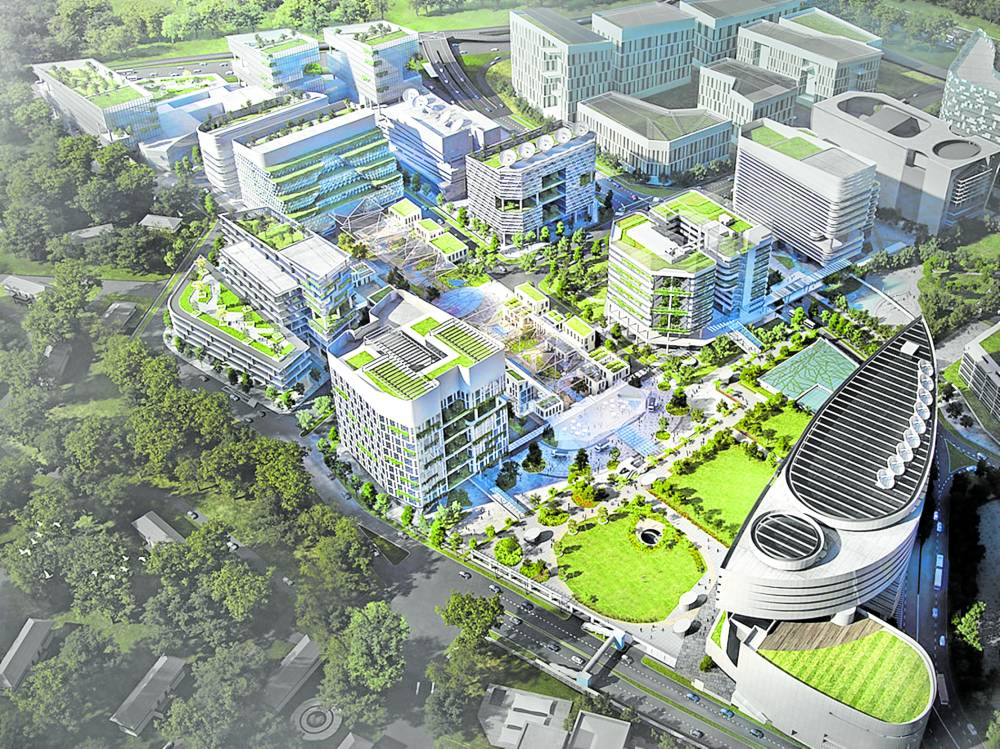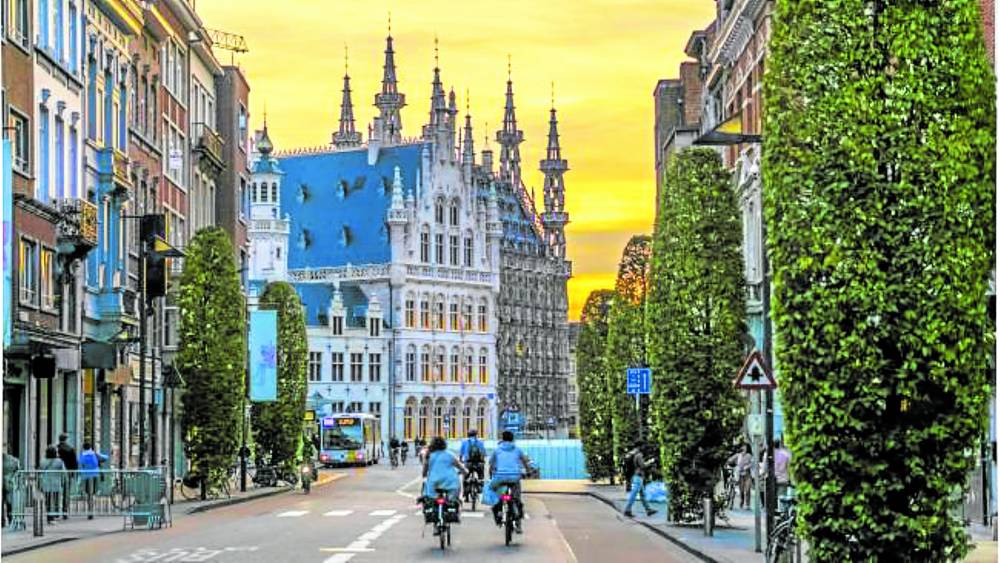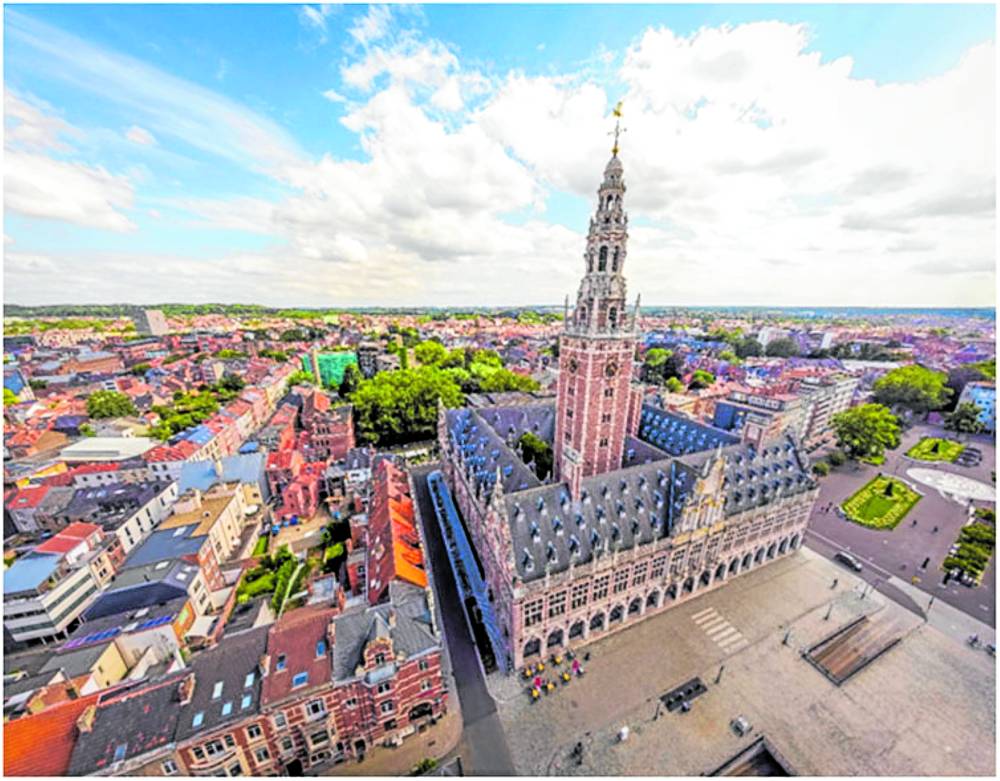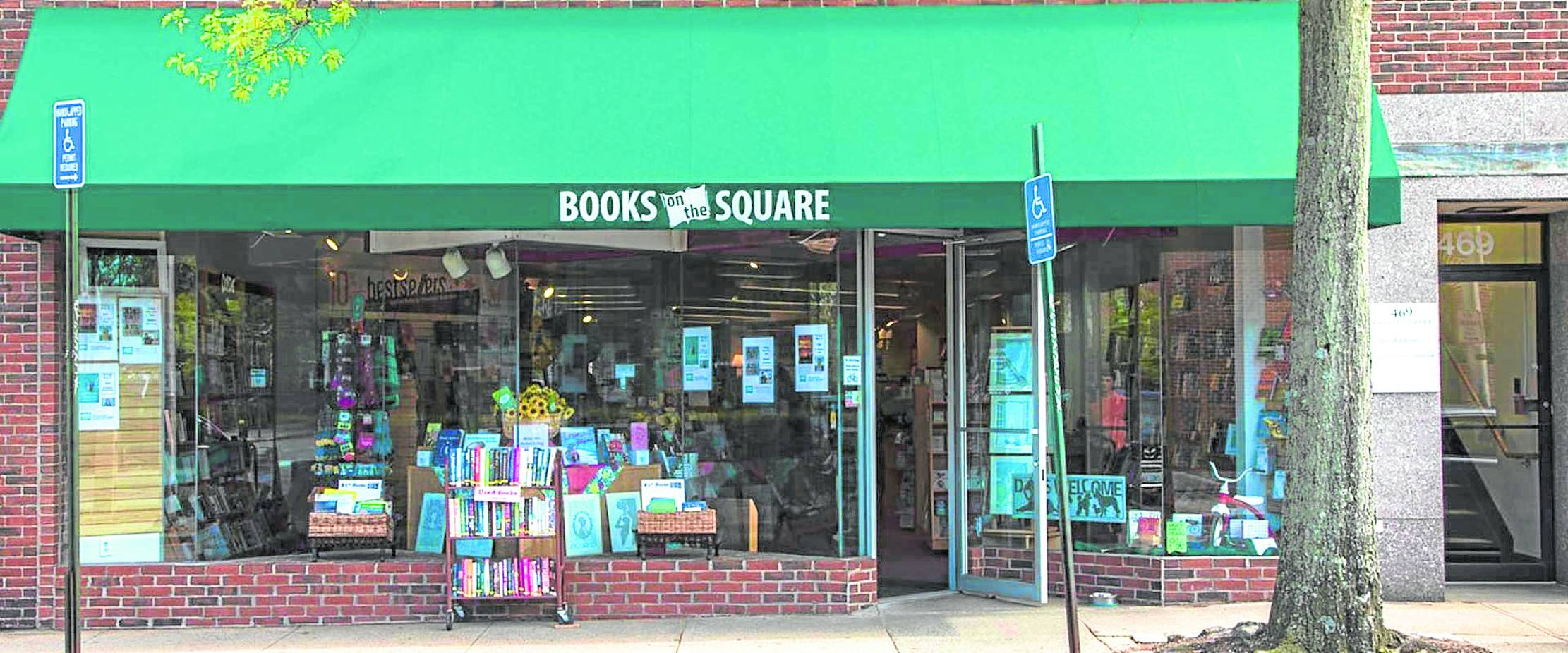Hubs of learning in new town centers

Universities and colleges serve as anchors, playing a significant role in the long term sustainability of communities. (https://www.jtc.gov.sg)
It’s essential to consider the significant value that academic institutions bring to the planning and development of new cities.
Their presence not only enriches the quality of life but also contributes to the long term economic viability of the development.
Educational institutions are pivotal in shaping communities, and, importantly, they attract cultural growth and investments. This impact becomes even more crucial in the Philippines as the country increasingly emphasizes education as a catalyst for socioeconomic progress.
Self-sustaining communities

Real estate values increase over time, with schools acting as stable institutions. (https://www.interculturalticket.eu)
Universities and colleges serve as anchors, playing a significant role in the long term sustainability of these communities.
They provide a constant stream of residents, faculty, and students who need housing, transportation, and services, thus ensuring stable demand for real estate. By placing schools at the heart of township planning, developers cultivate a self-sustaining ecosystem where businesses, retail, and residential sectors thrive together.
Article continues after this advertisementDriving economic growth, innovation

Properties near reputable academic institutions have higher market demand, as families are drawn to securing quality education for their children. (https://aboutgettingout.co.uk) By placing schools at the heart of township planning, developers cultivate a self-sustaining ecosystem. (https://studylink.com)
Academic institutions also become magnets for innovation.
Article continues after this advertisementUniversities and research centers act as hubs for talent development and technology transfer. The system creates opportunities for knowledge-driven industries such as tech startups, research labs, and innovation centers. Many learning hubs spark collaborative projects that benefit the educational sector and the surrounding commercial enterprises.
In Singapore, the One-North development is an excellent example of how education, research, and business can work together to create a dynamic community.
This integrated development is home to academic institutions and research centers, which spark technological and business innovations. As a result, it has attracted multinational companies, startups, and other businesses seeking to tap into the talent and research resources available in the area.
Impact on the Philippine market

By placing schools at the heart of township planning, developers cultivate a self-sustaining ecosystem. (HTTPS://STUDYLINK.COM)
Real estate values increase over time, with schools acting as stable institutions. Properties near reputable academic institutions have higher market demand, as families are drawn to securing quality education for their children without requiring long commutes.
Additionally, the proximity of academic institutions can increase the attractiveness of commercial spaces in a community.
Restaurants, cafes, bookstores, and other establishments tailored to the needs of students and faculty naturally emerge, fostering a vibrant commercial environment. This relationship, in turn, supports the overall value of the development.
Belgium exemplifies how the KU Leuven University has successfully created a synergy between academia and high-tech industries.
The presence of a prestigious research university transformed Leuven into a hub for biotechnology and engineering companies, making it a central figure in the European innovation ecosystem. This collaboration between educational institutions and industry has helped foster economic resilience, talent development, and real estate growth.

The proximity of academic institutions can increase the attractiveness of commercial spaces in a community. (https://www.goprovidence.com)
New model for townships
As Philippine cities evolve, townships integrating academic institutions will likely become the gold standard for urban development. These educational hubs provide stability, innovation, and a ready-made market for most investors.
By recognizing the critical role that schools and universities play in shaping communities, planners can design new city centers that offer vibrant, self-sustaining environments which in turn support personal and economic growth.
The author (www.ianfulgar.com) is a leading architect with an impressive portfolio of local and international clients, his team elevates hotels and resorts, condominiums, residences, and commercial and mixed-use township development projects. His innovative, cutting-edge design and business solutions have garnered industry recognition, making him the go-to expert for clients seeking to transform their real estate ventures